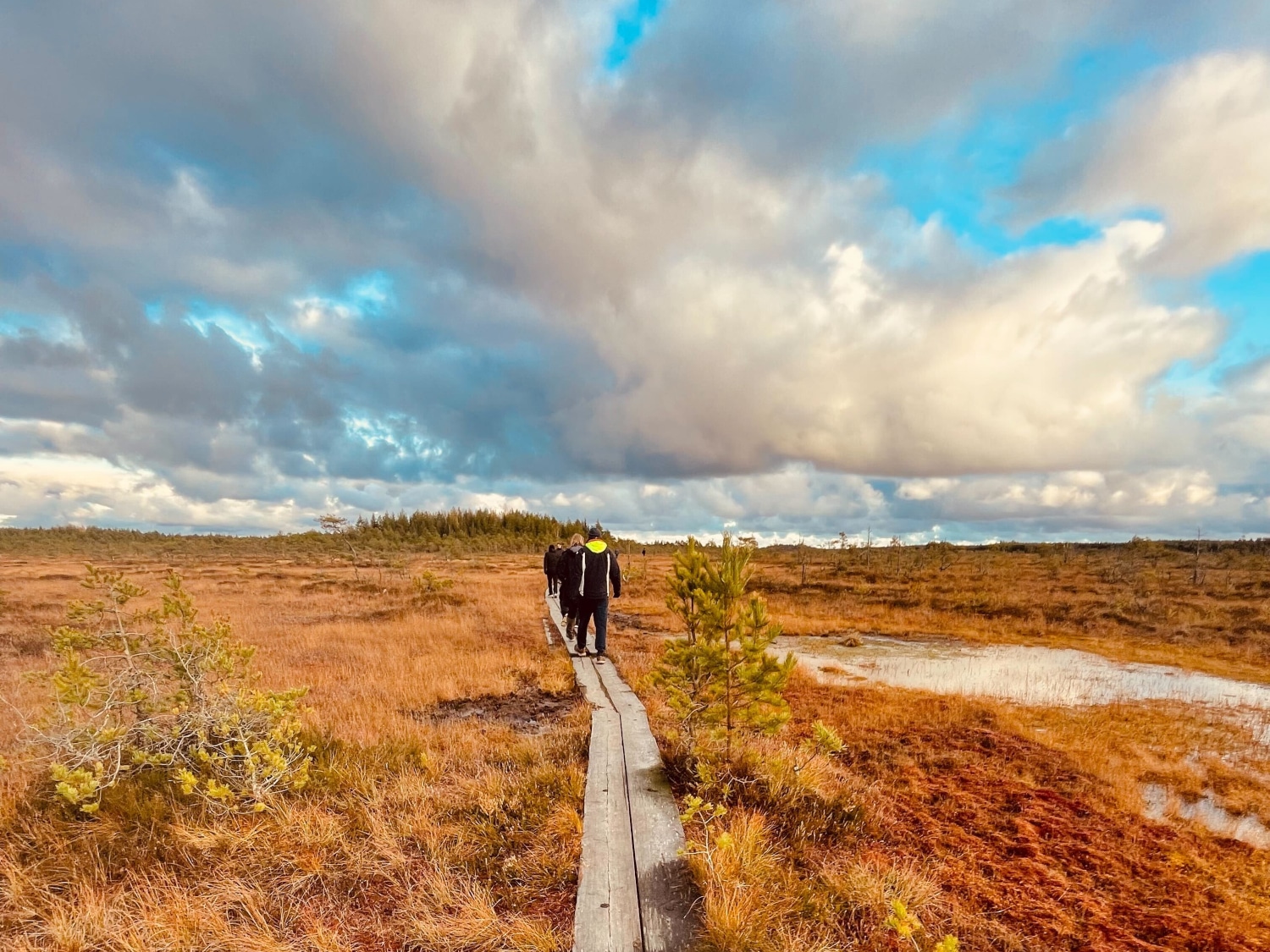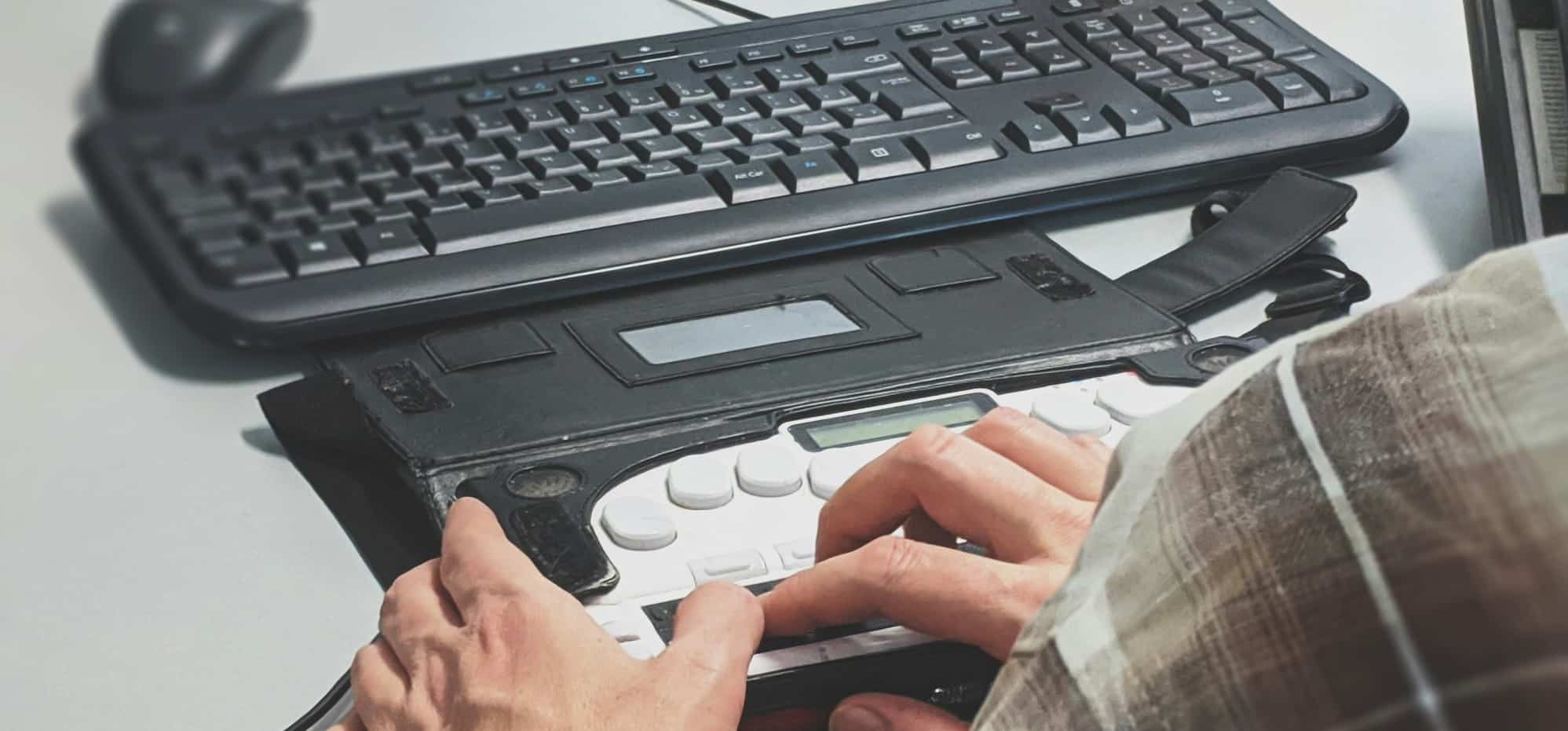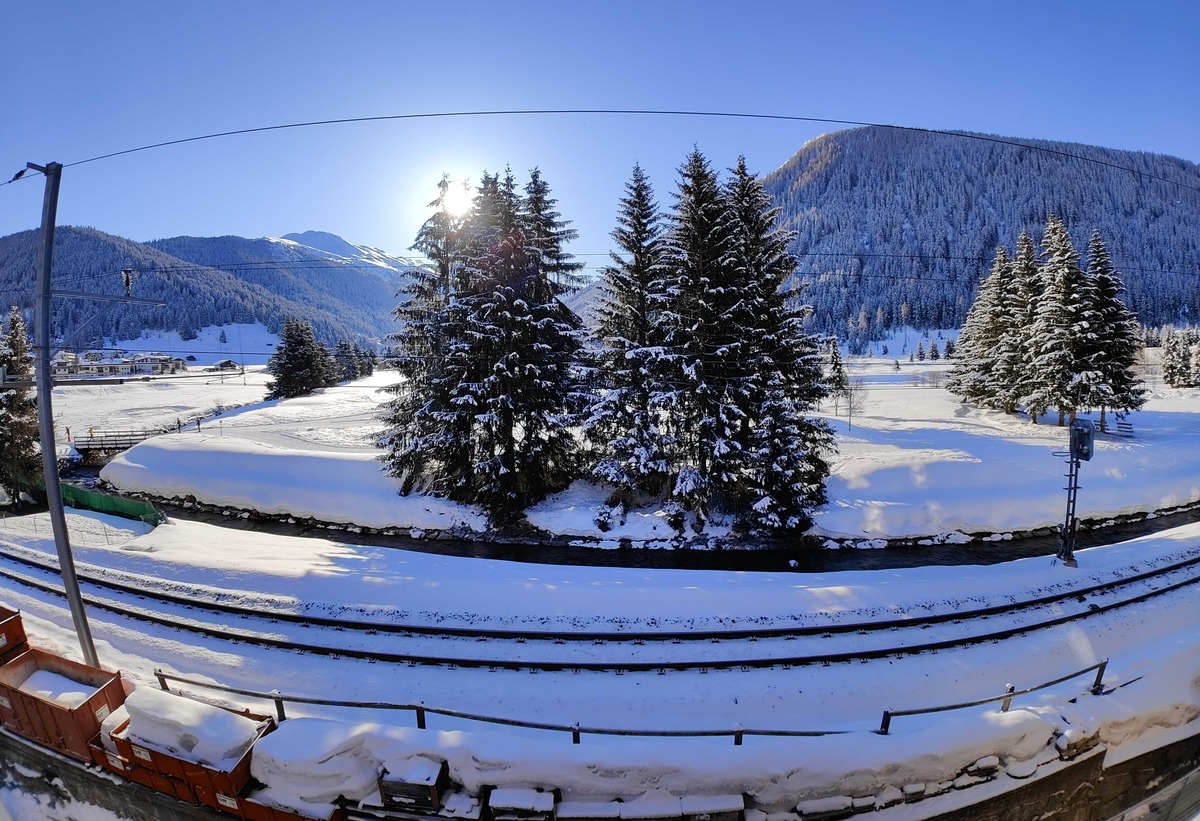
Better well-being at work through collaboration
How are we doing at Druid? That was what I was wondering in the summer of 2020, just after the borders of the Uusimaa region had been re-opened and the first signs of the new normal could be glimpsed in the horizon. Remote work had altered the social aspects of working life. As the company’s occupational health and safety representative, I begun to reflect on my own and my colleagues’ health and well-being.
After the pandemic overturned our customary habits and routines, the significance of resilience has been magnified when it comes to our well-being. I wondered if we had enough mental capacity to utilize our resources and maintain our well-being in a new kind of working environment. Our occupational health services are comprehensive, but how could we, as a company, work better to support and advance our well-being?
In our occupational safety and health committee’s meeting we decided to carry out a well-being survey and get to the bottom of the issue. Two weeks later I received an email with a link to the results. Slightly nervous, I opened the link, and the result popped up: “satisfactory”. It was a far cry from the results I was expecting. Just a little while ago we were chatting happily in the break room and shooting the breeze on the sofa on quiet days. And now, just six months later, our well-being and motivation was merely satisfactory. This would not do.
Change: more transparency, less bottlenecks
The occupational safety and health committee dug into the results of the survey, looking into both our strengths and our sore points. Remote working had given rise to issues such as lack of transparency, the difficulty of planning the workday and the challenges in following those plans. Was it any wonder, since face-to-face conversations and spontaneous interaction had all but vanished? Quick questions to our neighbours had morphed into Slack messages, meetings at the office into Google Meet calendar invites. No more chatting on the sofa.
We discussed and went through the results, and started breaking down the issues by building hypotheses. We decided to first tackle those issues that, at least on paper, seemed to be the easiest to crack, and we encouraged everyone to take part. Because the transparency we so value did not actualize in a way we were hoping, we examined ways to create such transparency on an organizational level that would make us all feel equal, and would let everyone know where we currently stand and where we are heading. Another issue that was raised was the difficulty of working without getting distracted ¬– there was too much responsibility, constant interruptions and strain placed on certain people. As a solution to this we developed our processes in such a way that would eliminate bottlenecks in the workflow.
In the end, many of the solutions we implemented were concrete and simple. For example, in Slack we started to avoid private messages and instead use the common discussion channels for each topic as much as possible. This led to less bottlenecks, and increased both transparency and shared responsibility. We also expanded the agenda of our Friday meetings, so that we would get a more comprehensive picture of the weeks’ events from all sides, for example covering our projects, sales and recruitment.

New ways of working: shared responsibility and leadership
At the same time while we were contemplating the challenges of well-being, we were also planning the move to a new management model. Even though this change was not sparked by the occupational health survey, the reasons were familiar: the wish to share responsibility and to add transparency. So the shift to a self-managing Teal organization was perfectly in line with our well-being improvements.
Due to our new organizational model, we have very little traditional management. While our CEO, and an occasional wilderness guide, Mikko is still officially the boss, to a large extent we manage ourselves while working on our individual assignments. Our maintenance and small-scale development teams toil away within their areas of responsibility, and our project teams correspondingly work on their own implementation projects.
Well, doesn’t this lead to silos? I guess in theory that could happen. However, we run and develop this company together: we form transparently acting teams (which we call swarms) for different purposes, and anybody can join in. You can also leave the team if you feel you have already enough on your plate. The teams exist as long as they are necessary.
We don’t need individual managers to lead when we encourage everyone to join, and share both the responsibilities and the fruits of our labour together. Everything runs smoothly when the direction and the big picture is clear to everyone. The most important thing to understand is that developing our culture and our operation is a shared responsibility. This is still something we are working on, and it is just a fact that some people have more capacity to contribute in the advancement of common causes than others.
Good vibe, excellent employee experience
Six months later, after the first corrective actions, we sent out the occupational health survey again. This time the average result was “good” ¬– not yet excellent, but good. All the results had taken a positive turn, and clear improvement could be seen in our previous sore points. We were on the right track. All of us in the occupational safety and health committee were happy for the improvements and about the fact that so many were ready to take part in the development of our ways of working.
In the fall of 2021 we decided to examine our vibes from another angle and took part in the Great Place to Work employee survey, which measures the employee experience. Overall, the GPTW results were excellent. 92% of our employees thought that, overall, Druid is a really good workplace, and we were awarded with the Great Place to Work Certification as a recognition of excellent employee experience and a high-trust culture. This is an achievement we can be proud of!
According to the survey our employees especially value our work place culture for its integrity and justice, engagement and encouragement for co-operation ¬– and, as it so happens, our caring attitude that prioritizes well-being. There is strength in collaboration. It is an absolute joy to see that we have managed to build a culture that really fits us. Naturally, this work is ongoing. We have already set our sights on another occupational well-being survey, and our aim is to reach an even better result. There probably is no such thing as perfection in this world, but we’re not in the habit of settling for “good”.

And a bit about recovery
Even though we’ve now lived under a pandemic for quite a long time, or maybe because of it, our resources are being tested from time to time. That’s why it’s necessary to remind oneself, one’s colleagues and one’s employer, that occasionally it’s good to charge up your reserves a bit. If there’s a quiet moment at work, put up your feet and have a cuppa. Let your thoughts wander and give your brain a rest. If, on the other hand, there’s a bit too much excitement going on, don’t push yourself too far. Bring up the issue and arrange a bit of free time for yourself. A healthy employee is a good employee, and a good employee is the foundation for every company’s operation.


